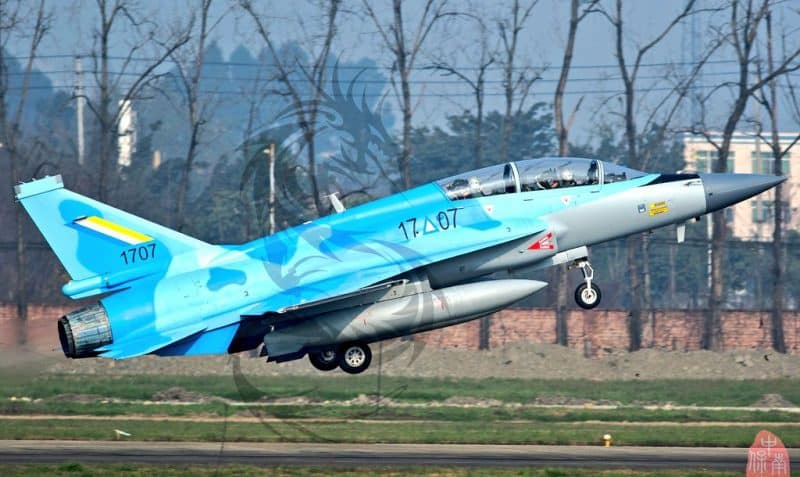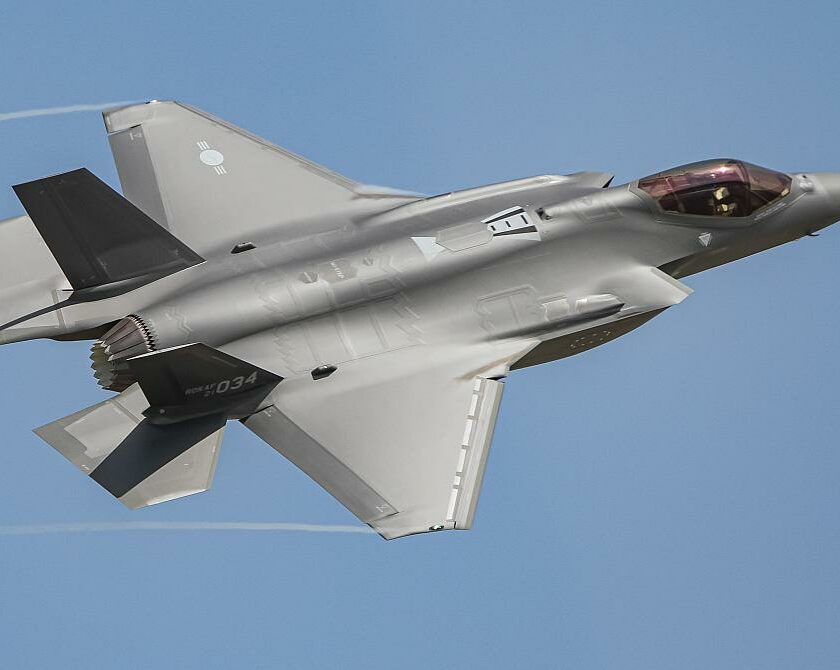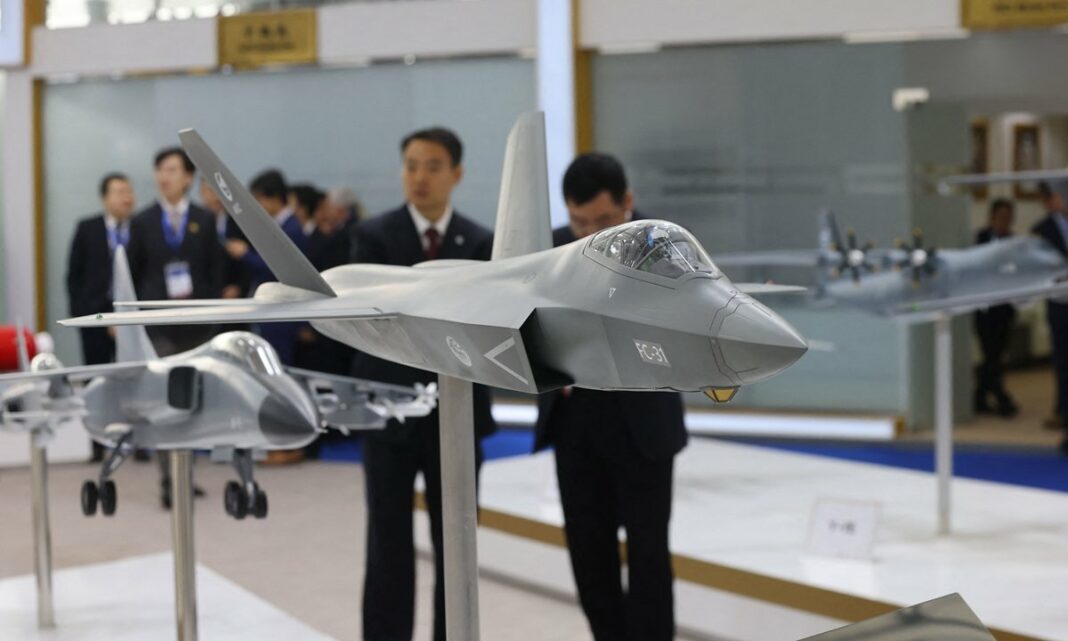At the Saudi World Defense Show 2024, Russians and Chinese unveiled their new strategy, based around FC-31 and Su-75 stealth fighters, to try to attract certain Middle Eastern partners, and thus relaunch their military aeronautical exports.
Accompanied by attractive promises in terms of technology transfer and industrial co-production, these two offers are designed to exploit the growing frustration of the leaders of these countries with great industrial and political ambitions, and considerable means to give them substance.
In this section:
Chinese and Russian fighters struggle to find new international markets
For several years, sales of Chinese or Russian fighter planes on the international scene have almost become marginal, given the success of Rafale French, and especially the American F-16V and F-35.
Thus, only 35 copies of the Su-24s were exported to China, and maybe from Iranas the MIG-35 fails to seduce, Russian side. The situation is a little better for Beijing, with Pakistan purchasing 36 J-10CEs, in addition to some 150 JF-17 light fighters co-developed with China. The light fighter was also sold to Myanmar (16 units) and Nigeria (8 units ordered).

At the same time, the American F-35 was acquired for more than 600 copies on the international scene, to which should be added more than 300 F-16Vs, and several dozen F-15s. France, for its part, sold almost 300 Rafale since 2015 on the international scene, much more than the combined Russian and Chinese exports.
This situation is, obviously, not to the taste of the leaders of the two countries, while the purchase of fighter planes constitutes, most often, a particularly powerful link between States, whether militarily or politically, and this over time.
Russians and Chinese exploit the frustration of customers in the Western aeronautical industry
Obviously, Russians and Chinese have decided to go on the offensive in this market, to regain the place that was theirs not so long ago. To do this, the two countries rely on the same strategy, even if the devices it covers are quite different.
This is based on a particularly attractive leader product, in this case the twin-engine FC-31 Gyrfalcon fighter, recently announced as being sold to Pakistan by China, and the Russian single-engine Su-75 Checkmate stealth, two aircraft which claim to be from the famous 5th generation.
In addition to these already attractive offers, in both cases there is a particularly flexible industrial approach, highlighting significant co-productions and numerous technology transfers. Arguments that we know to be effective, in particular with certain Middle Eastern bubble countries such as Saudi Arabia and Egypt, having made the development of their defense industry a strategic issue.

Finally, these offers benefit from a particularly effective magnifying glass effect, linked to the repeated refusals and difficulties on the part of Western countries, linked to the sale of advanced devices to these countries. Let us recall that Washington has always firmly refused to sell its F-35 to Saudi Arabia, Egypt, Qatar or the United Arab Emirates, leading to a deep feeling of frustration on the part of these countries towards Washington.

75% of this article remains to read,
Subscribe to access it!
The Classic subscriptions provide access to
articles in their full version, and without advertising,
from 6,90 €.
Newsletter subscription
Register for the Meta-Defense Newsletter to receive the
latest fashion articles daily or weekly


